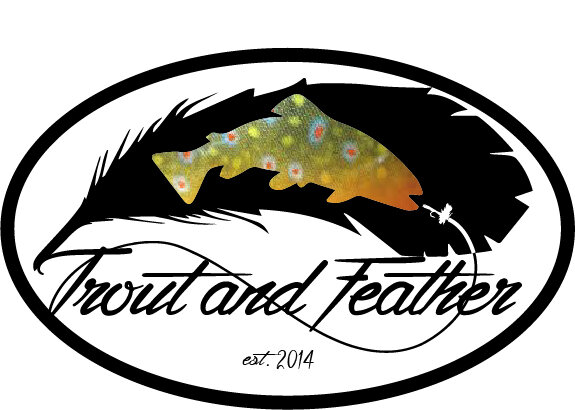Let me begin by saying that I have never fished for steelhead in the Pacific Northwest. For the pedantic angler, that would mean that I have never fished for steelhead. For what is a steelhead? It is “just” oncorhynchus mykiss, with a little taxonomic tail of irideus to designate that they live the anadromous life. They spend the bulk of their days getting strong and getting fed in the oceans, and then they move inland to spawn.
I have fished for adfluvial rainbow trout. These big, strong ‘bows summer in depths of the Great Lakes before running into tributaries to spawn and/or go through the spawning motions. But truth is truth, and adfluvial is not anadromous.
Still, I call them steelhead. And no one in their right mind is confused when I say I fish for them in Pennsylvania.
There is a certain rush in the fall when the days get cooler, the leaves change, and 20 pound trout begin to show up where there was once only suckers and smallmouth. There is a culture, an industry, and a mythos that surrounds the lake run species from the UP of Michigan to New York State.
Often, the perception is that Lake Erie or Lake Michigan steelhead fishing means combat angling. That the only way to do it is to stand shoulder to shoulder, dodging weighted trebles and discarded egg cups. It can get that way. But it doesn’t have to be that way. It can be solitary. Yet it takes work. And then, of course, you have to trick animals that have been bombarded with flies, lures, and bait – and who have very little interest in actually eating – to get on the end of your line.
I haven’t perfected the Great Lakes steelhead game, but I think I’ve done it enough to offer up some principles that can make for a great day on the water:
Wake Up Earlier is better. Your chances of getting a fish to make a mistake increase exponentially if they haven’t been lined in the past 12 hours. Abide by the local laws, but stay close to the water and break out the headlamp to get out first.
Walk More Almost more important that getting up early is walking. Many anglers are going to vie for the famous holes by the easy access points. Spend some time moving past those holes, beyond the bend, and into some relatively untouched water. The farther you go, the less bothered the fish will be.
Switch Flies Very few fish are as keyed into things like color, color combination, and material as steelhead. Pink might be fine: pink eggs, pink sucker spawn, pink woolly buggers. Or, it might be just one of those. Or, it might be size 14 pheasant tail nymphs. Or, it might be an intruder style streamer swung across their faces. All I know is that there is no virtue in trying to nuance a steelhead into eating a fly it doesn’t care about in the least.
Sight Fish You can cast blindly and catch them. It happens, and it might be better for the heart. But dialing in your ability to see the fish helps in a number of ways. One, you know you’re fishing to fish. Two, you can see them take your fly and avoid messing with indicators. Three, you can watch their body language. Tail flicks, pauses in their finning, and head jerks are examples of the kind of positive/negative feedback you want when fishing to these trout.
Make Friends The seasonal cultural phenomenon of Great Lakes steelheaders is fun. Read the forums, stop in the shops, grab a drink at the bars, and make friends at the parking lots. You’ll be educated, agitated, and certainly entertained.
Even though these steelhead aren’t stamping their Pacific passports, they still provide plenty of sport for midwestern and eastern anglers. They offer a chance of pace, a thrill, and a chance at a truly huge trout.
_
Want some more Great Lakes steelhead? Here’s a podcast on getting ready to go, some thoughts on the fall run, and the story of my first fish.

